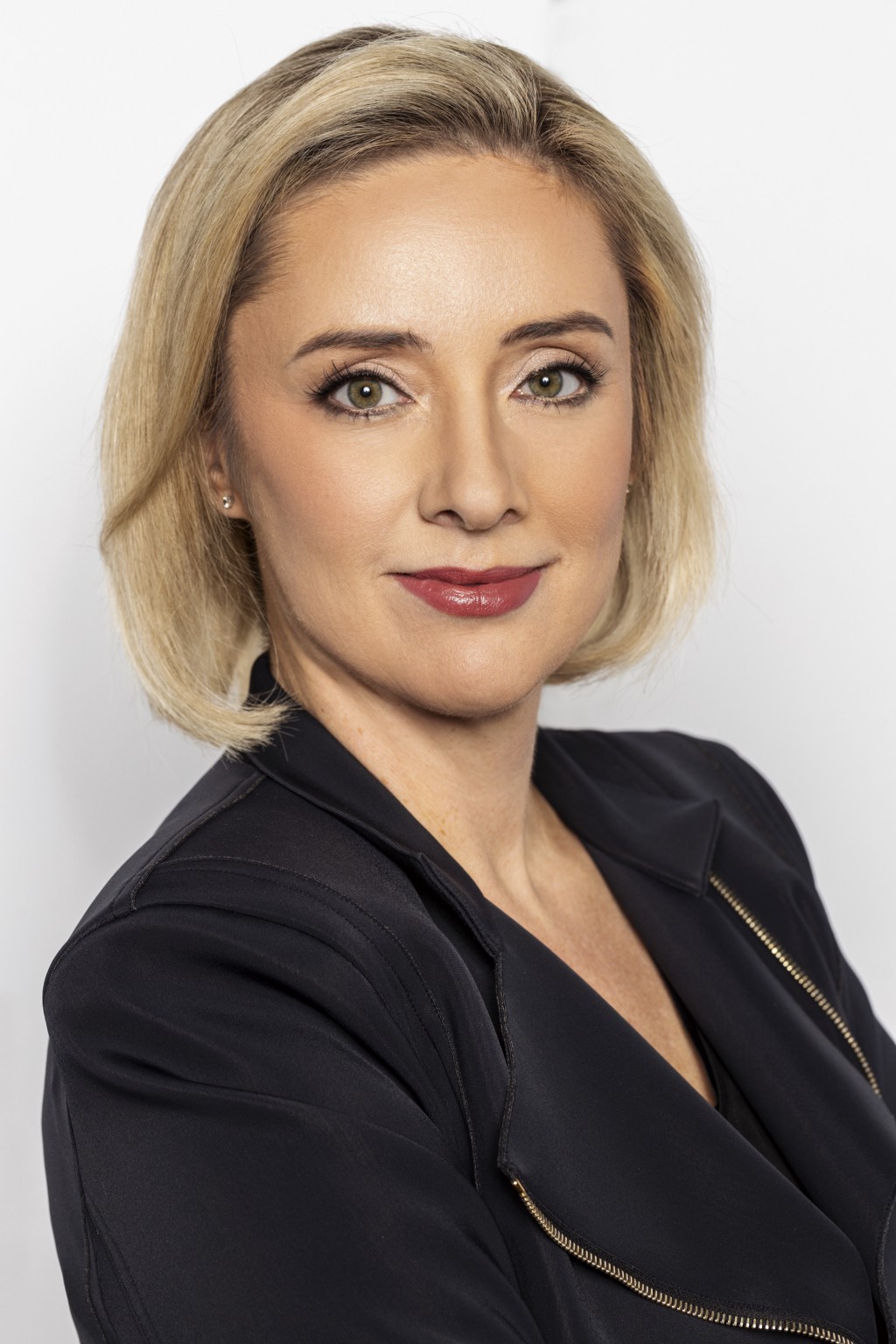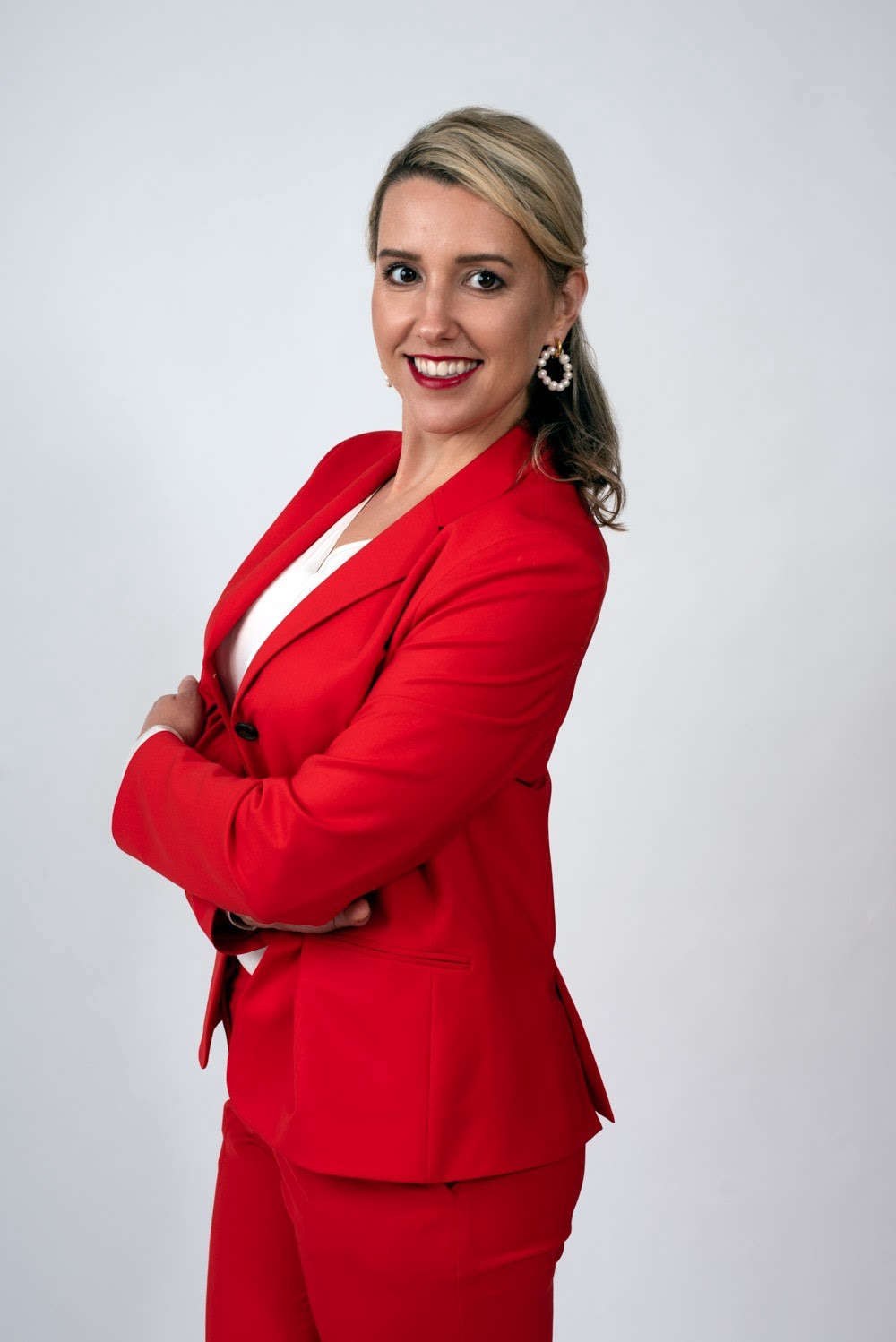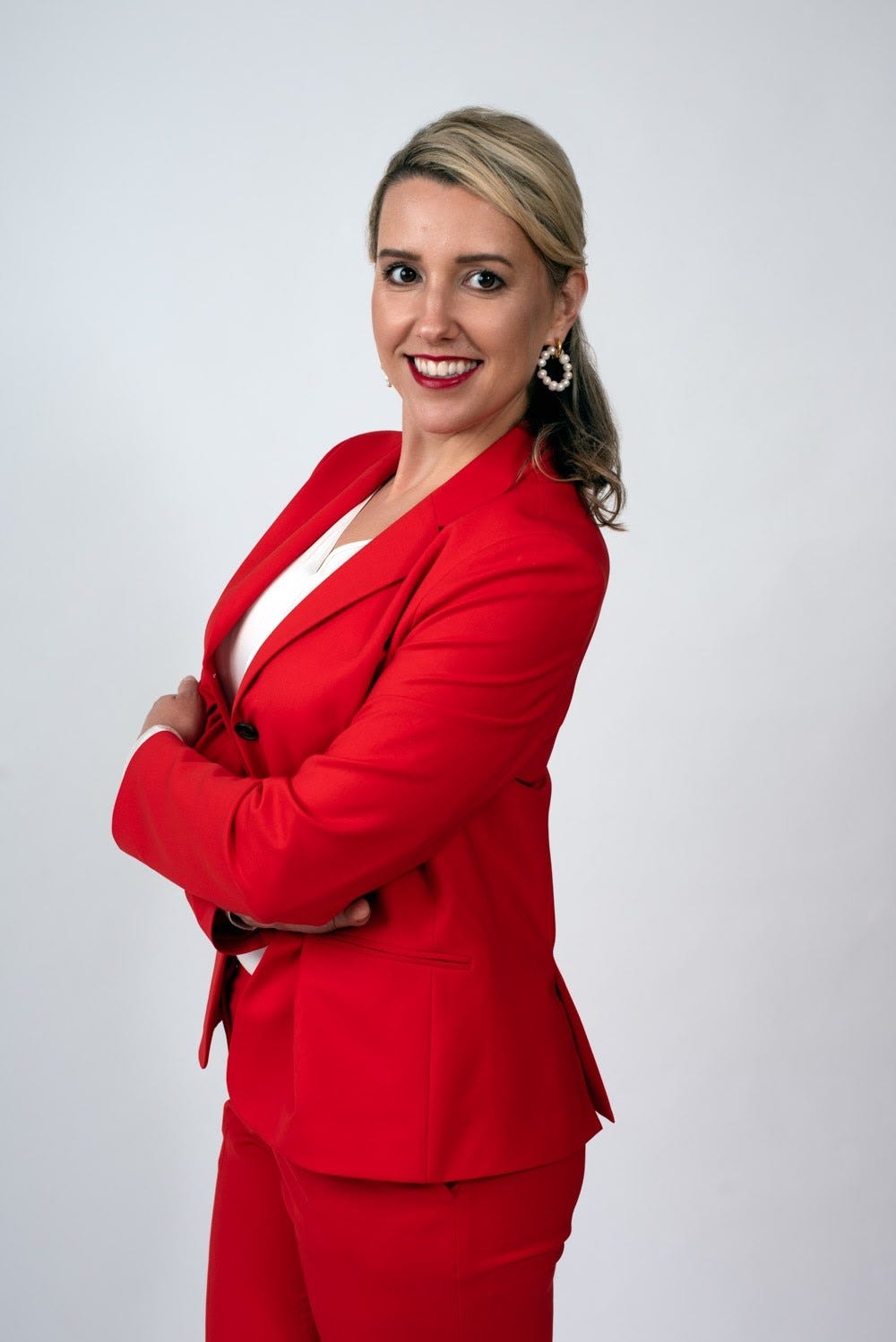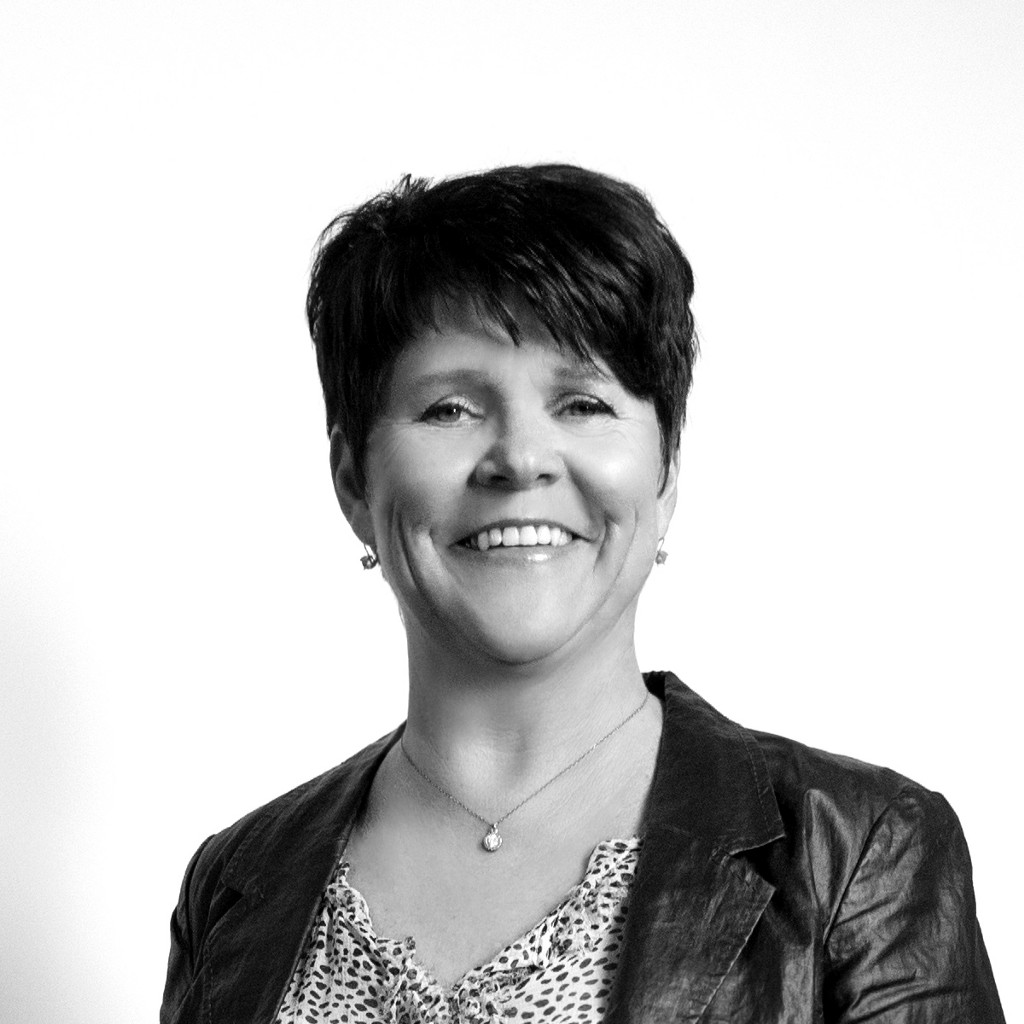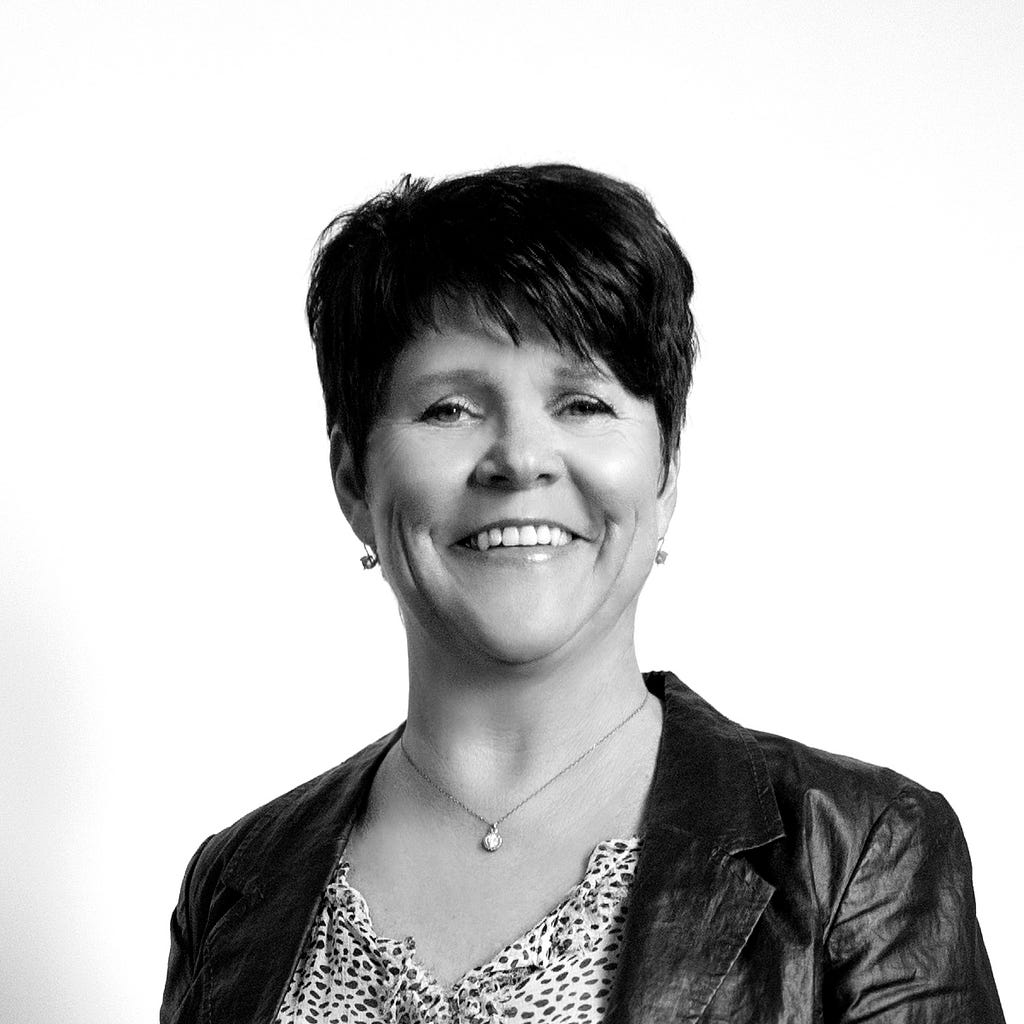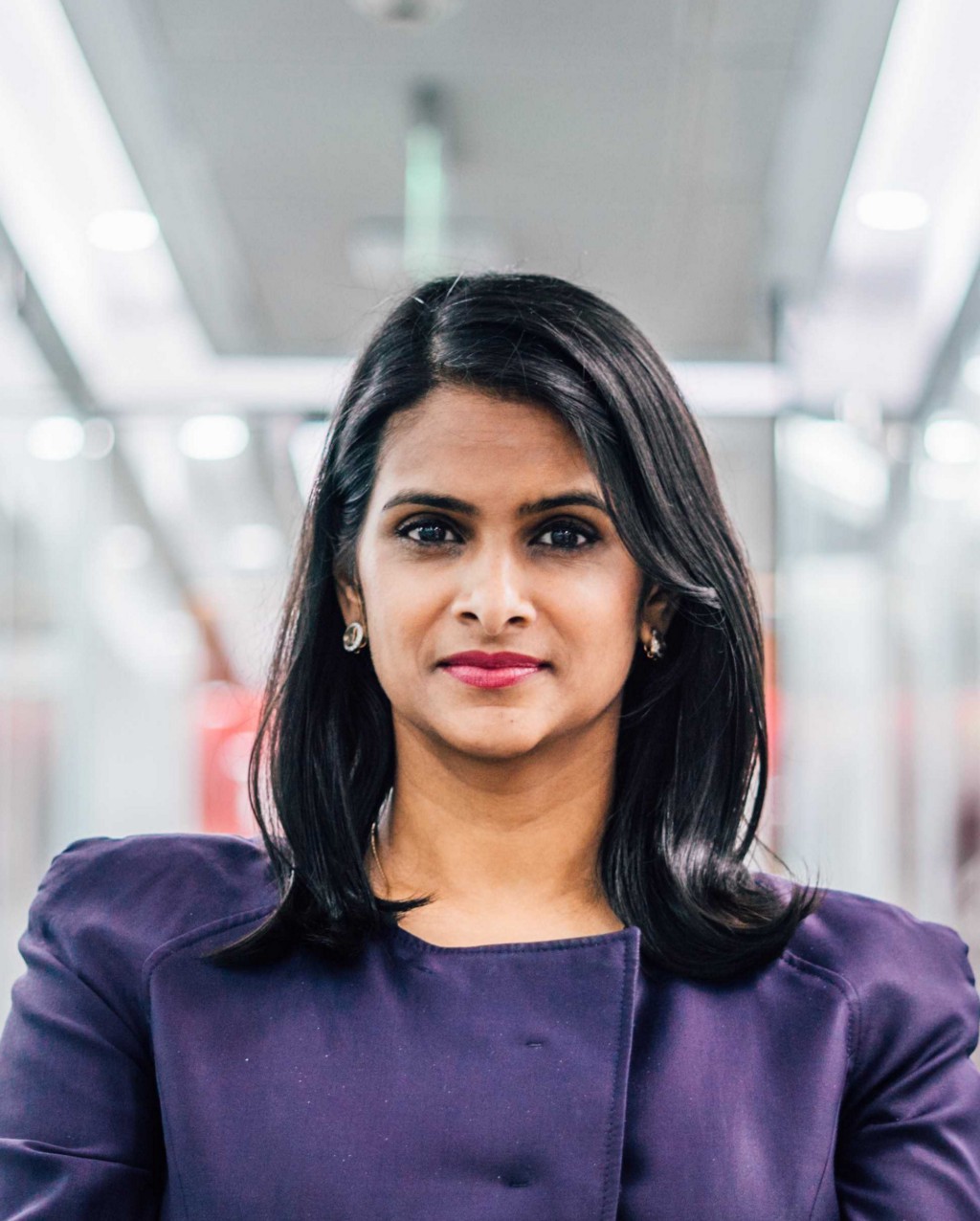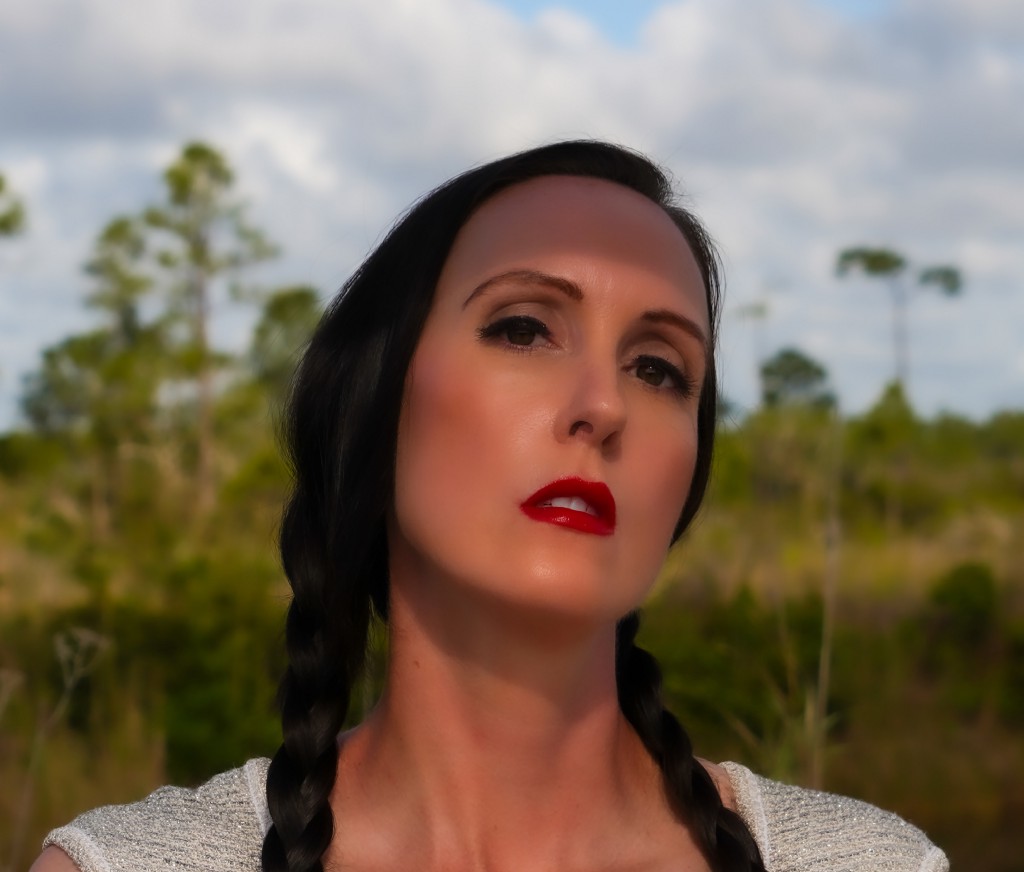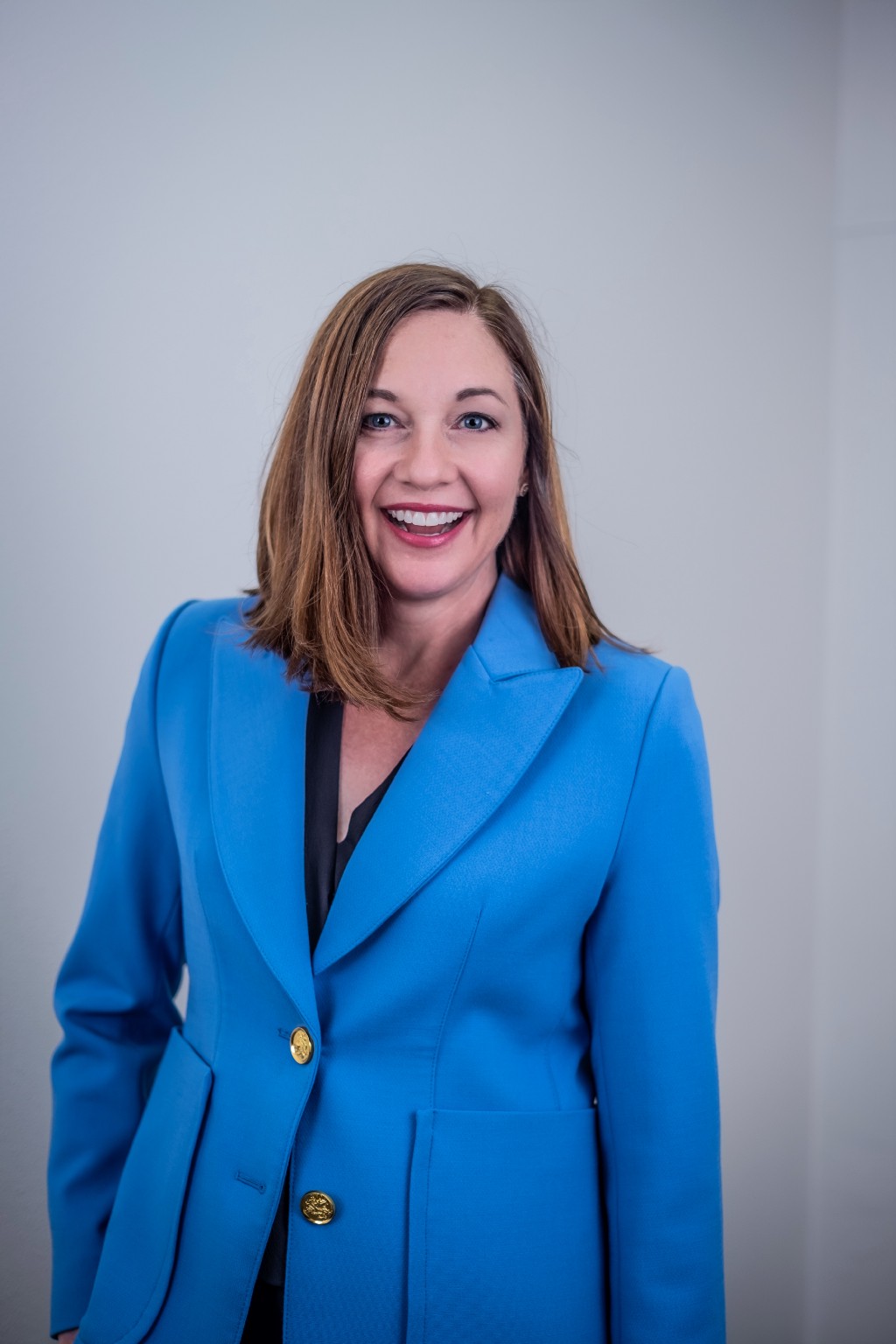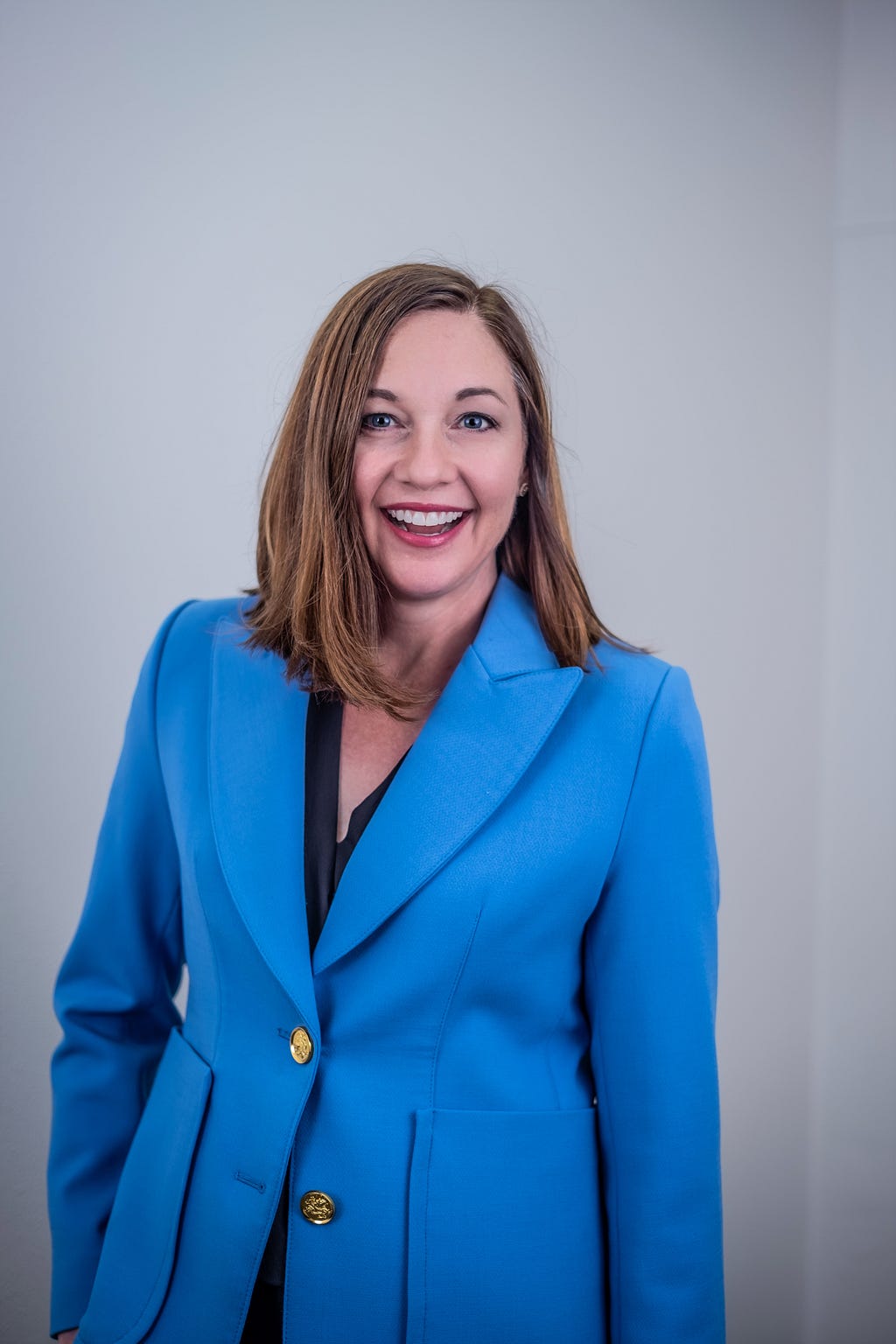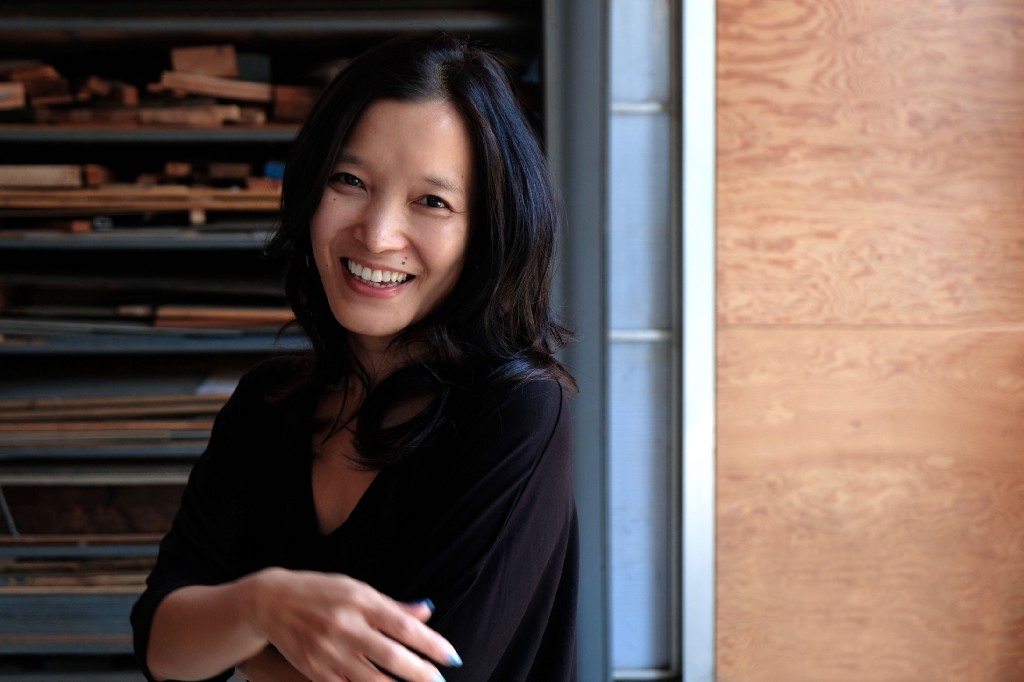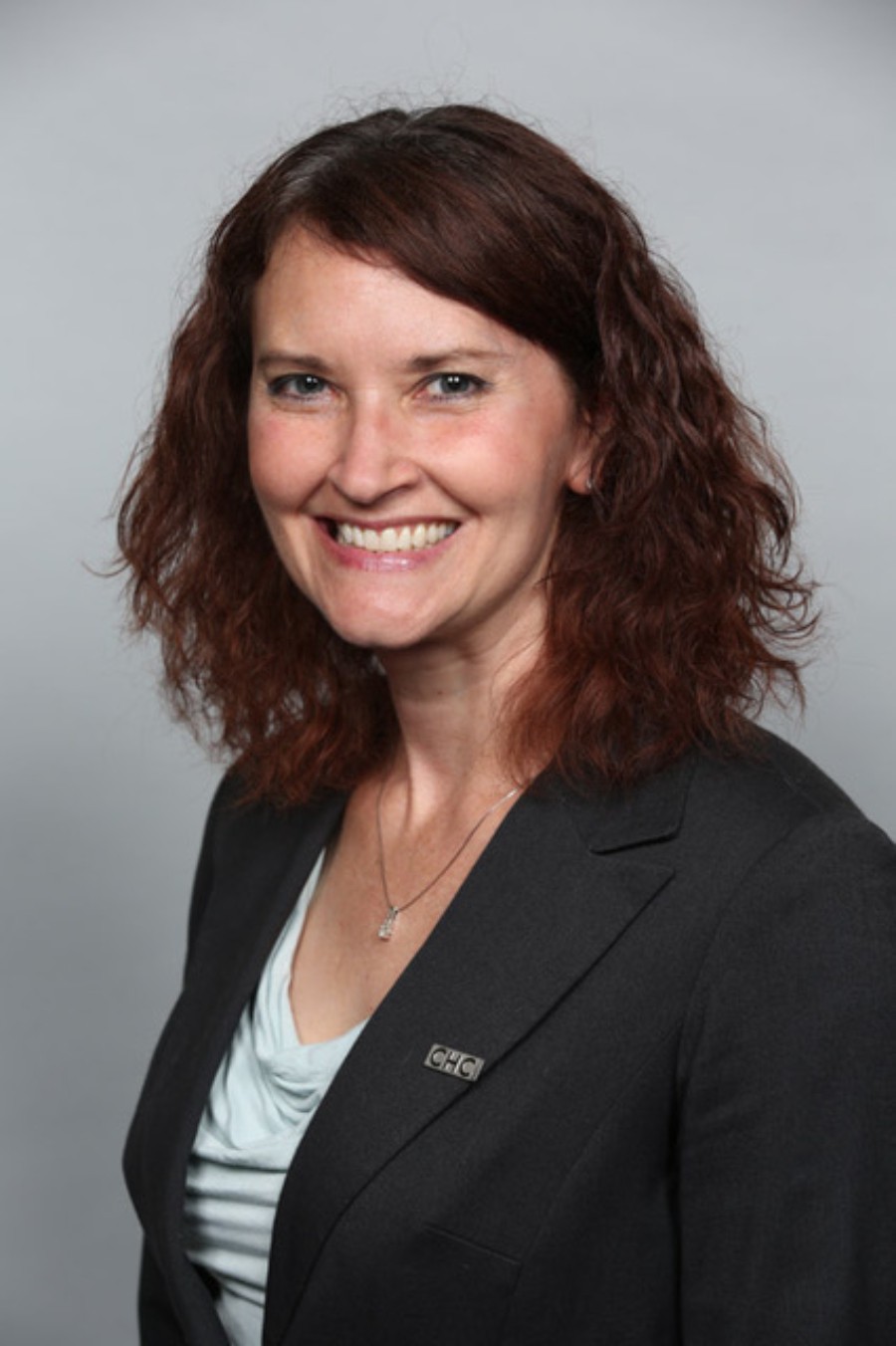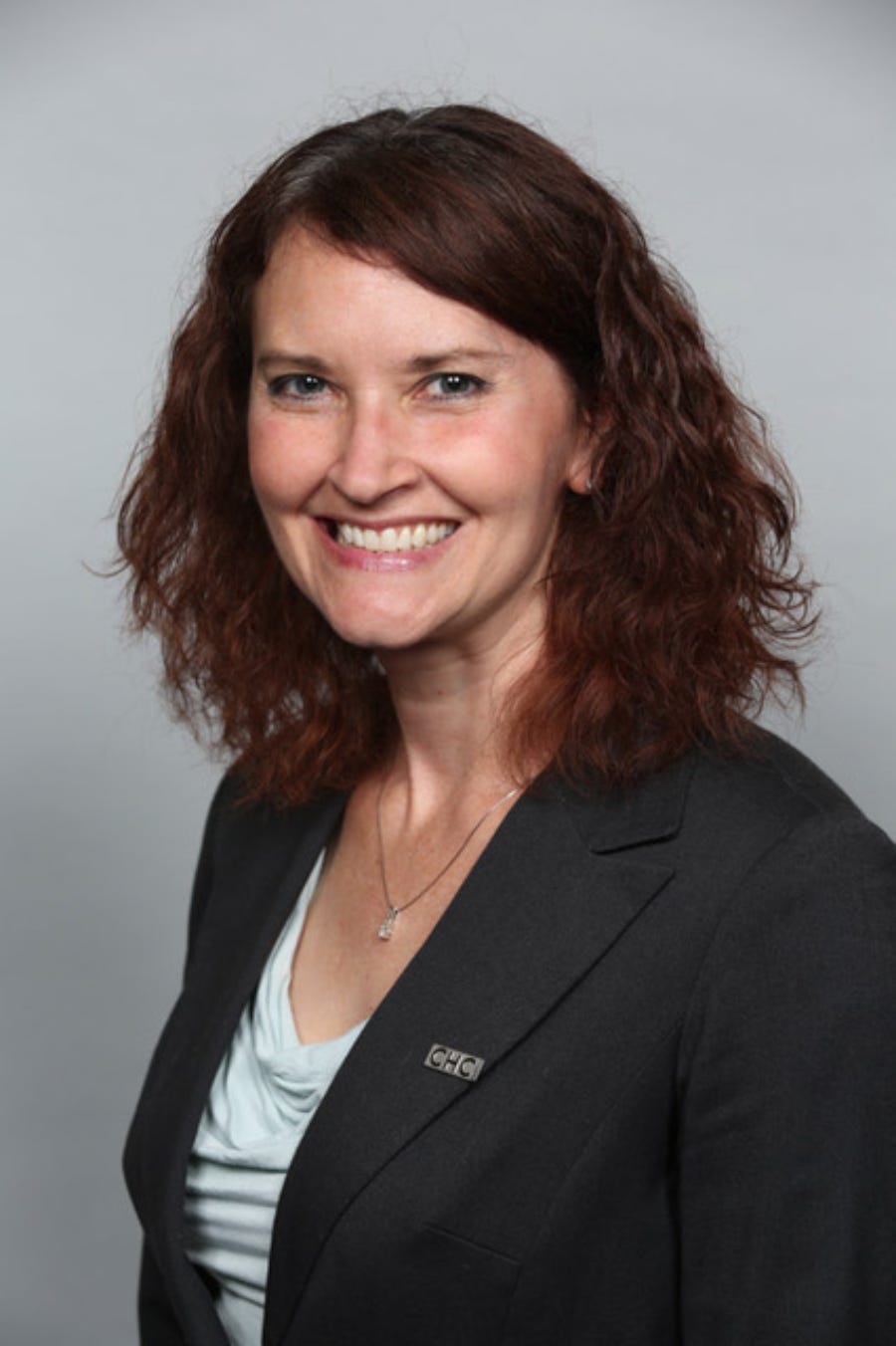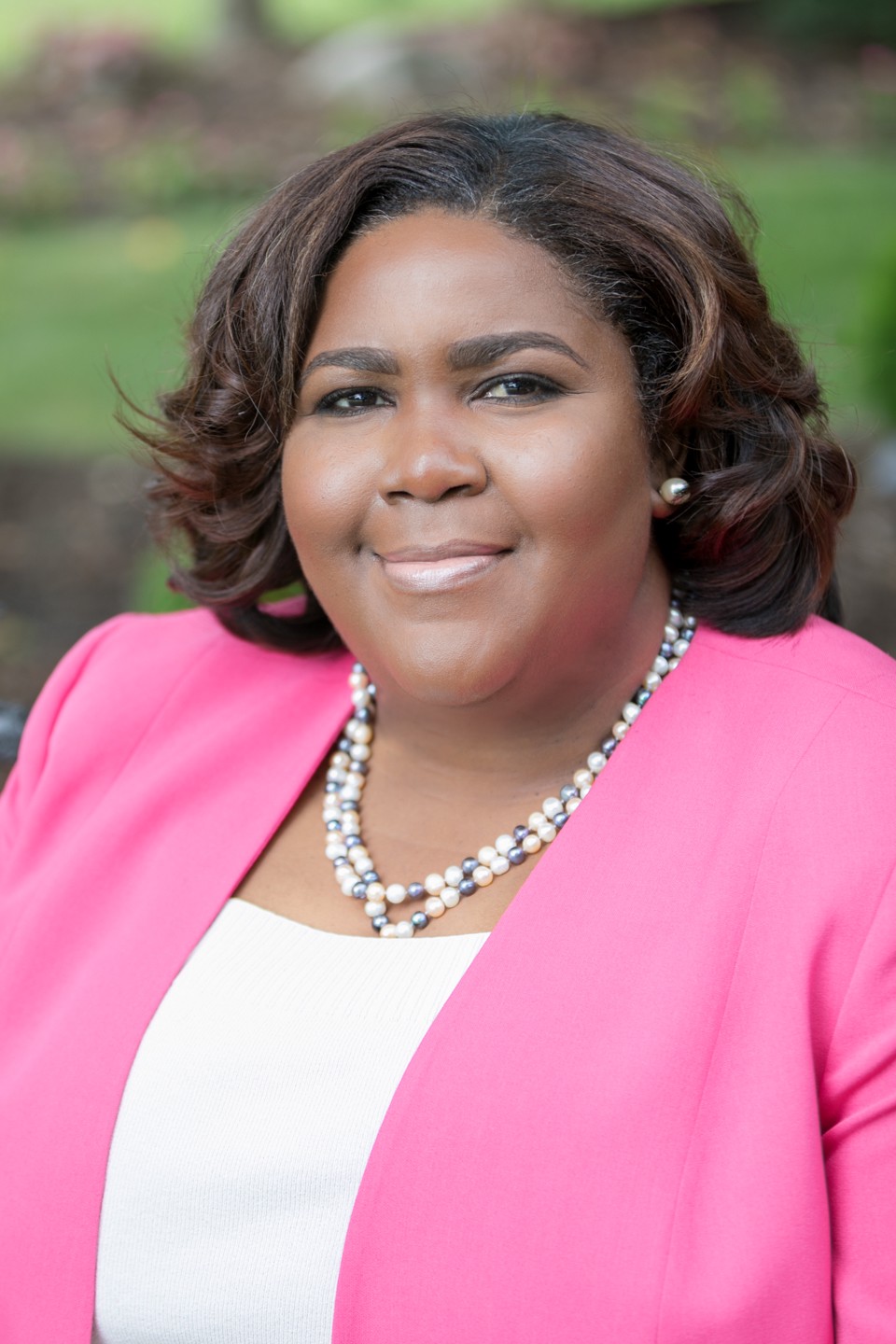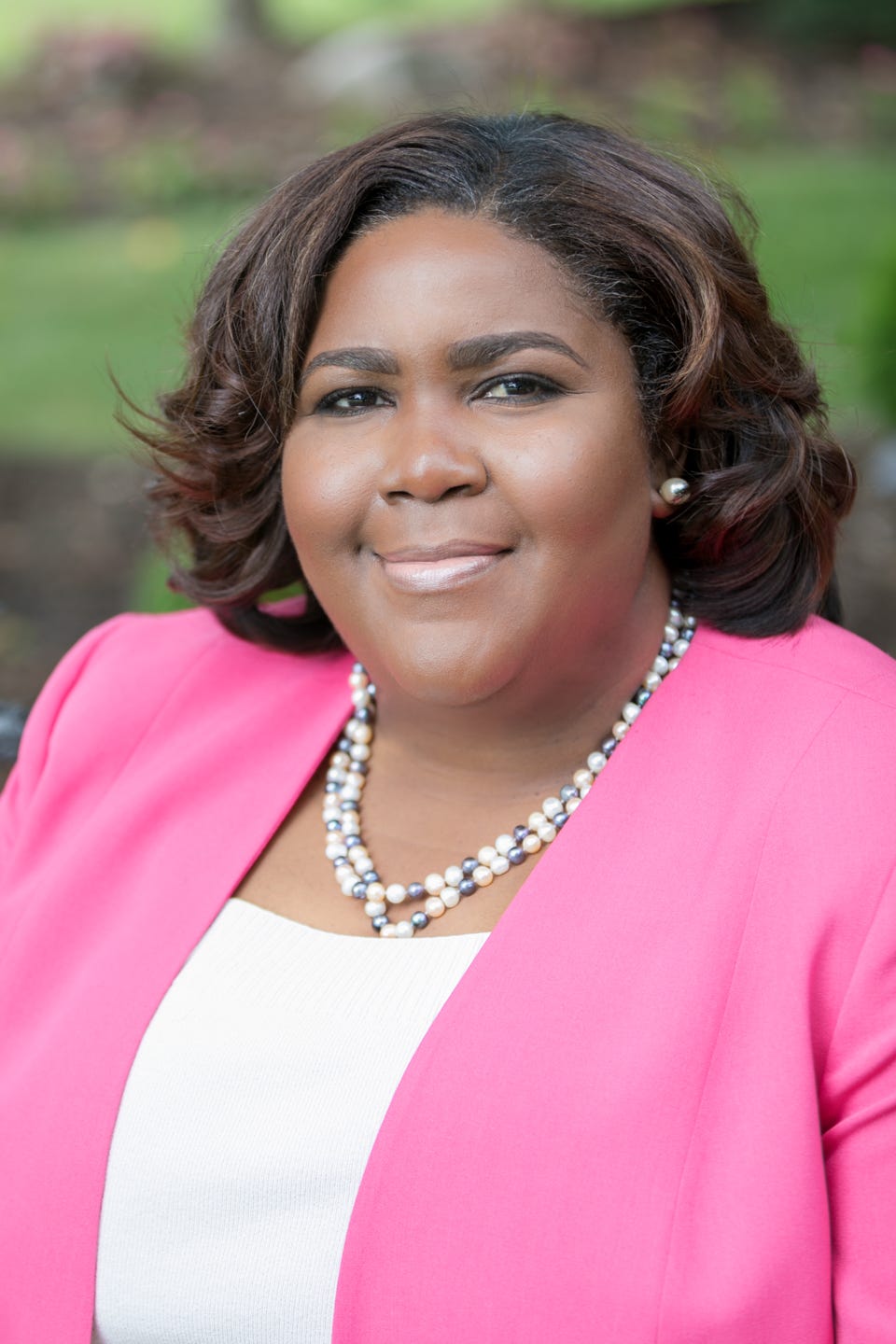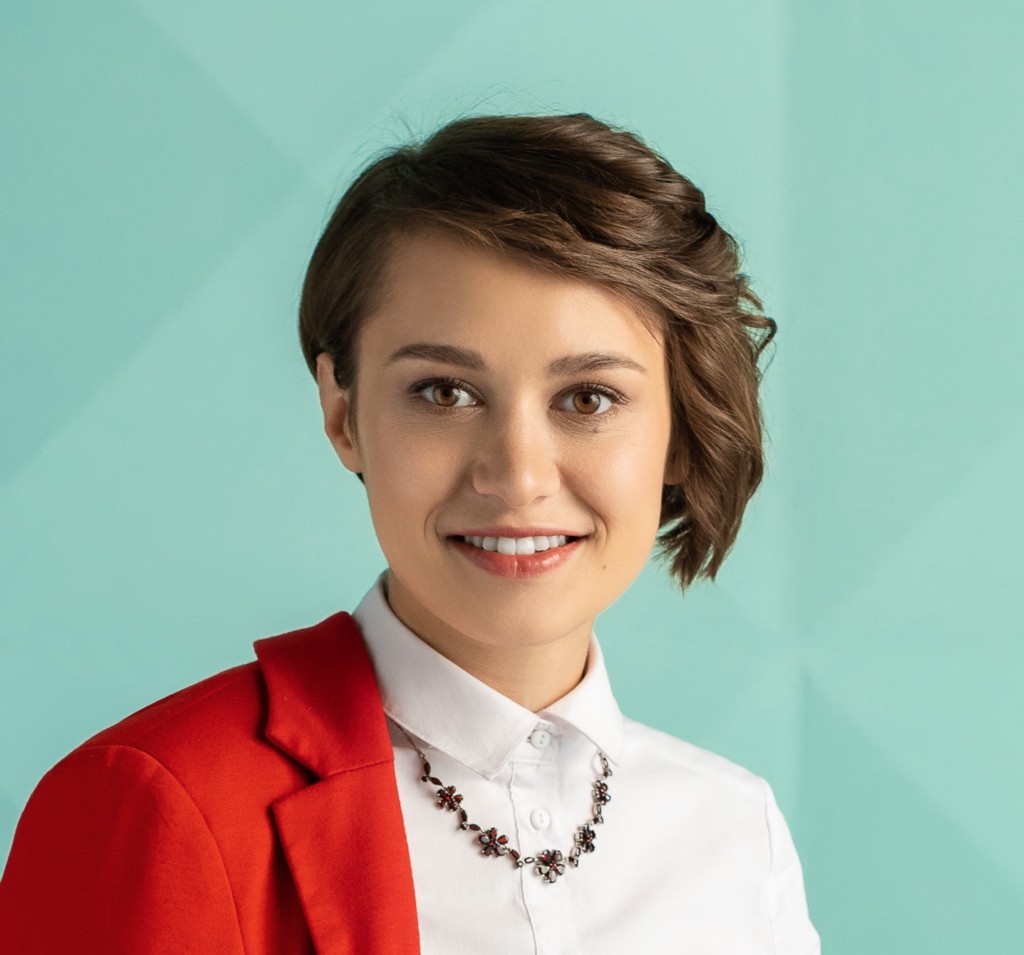Female Disruptors: Natalie Lorenz of Decorus Home Staging On The Three Things You Need To Shake Up Your Industry
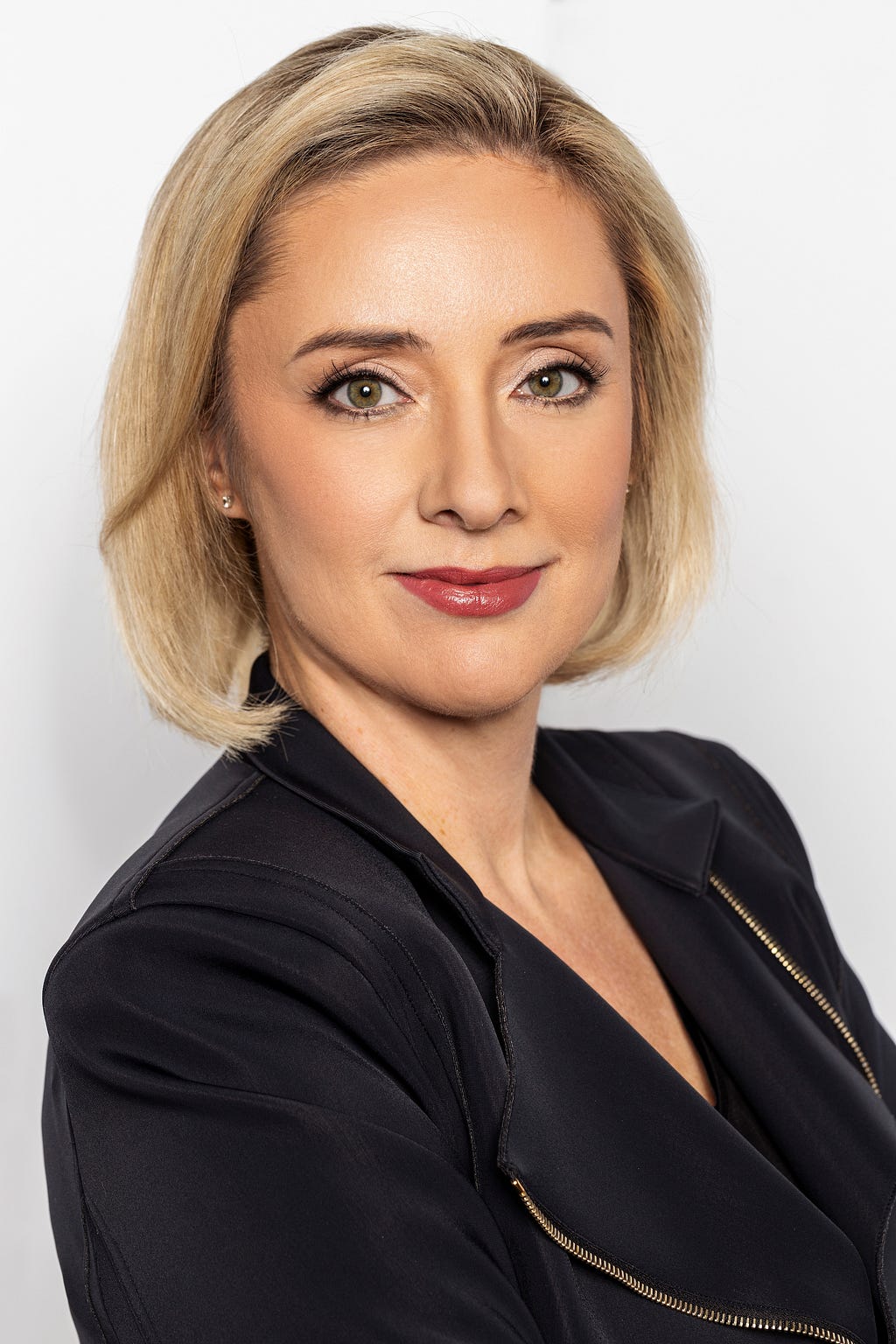
Life is a series of puzzle pieces, and if we view each problem as a puzzle piece and how we can solve the puzzle, the problems become easier to overcome.
As we move into a new phase of our business, which is serving the luxury real estate market, we have had to adjust our pricing which has not always been received favorably. I can see this as a problem or just see it as a puzzle piece we are trying to position in the right way, to find that perfect fit. Sometimes it needs a little rotating to get it right.
As a part of our series about women who are shaking things up in their industry, I had the pleasure of interviewing Natalie Lorenz.
Natalie Lorenz is an international award-winning home staging expert, CEO, Speaker and TV Contributor. She has become known as “America’s Home Staging Expert” with television and media features on NBC, CBS, Cheddar, CW, Elle Décor, and some of the top stages in America. Natalie is the Founder and CEO of Decorus Home Staging and Design with offices in Seattle and Southwest Florida. Natalie leads her team of award-winning luxury vacant home stagers to challenge the status quo. It’s that unique and customized approach that has garnered Natalie some of the most respected accolades including being named one of the Top 100 Most Influential People in Real Estate Staging by the Real Estate Staging Association for five years running.
Natalie, an undeniable leader in the staging industry, has taken her business from an incubator startup to a 7-figure business in just five short years. She is accredited through Certified Staging Professionals and Staging Design Professional, and is a Short Term Rental Stylist and a Certified Color Consultant.
Hailing from South Africa, Natalie relocated to the U.S. nearly two decades ago and now calls America, home. She is a wife and mother of two.
Natalie would love to help you achieve luxury, balance and unmatched quality that converts in your next one-of-a-kind home staging design.
Thank you so much for doing this with us! Before we dig in, our readers would like to get to know you a bit more. Can you tell us a bit about your “backstory”? What led you to this particular career path?
I always had an interest in interior design and when I moved to the States I had considered getting a degree in Interior Design. As a young married woman, living in the Bay Area, it wasn’t on the cards for me and I decided to put this dream on the back burner. Fast forward after having my two daughters, I found myself needing back surgery. While I was recovering from major back surgery, I watched way too many home improvement shows and told my husband I wanted to flip a house. Once I recovered, I got my real estate license and bought a house to flip. My husband said, I chose the Mount Everest of flips to do, because it was an extremely difficult project to complete. As we were getting ready to list the house for sale, my realtor advised me that I needed to stage the house. I didn’t know much about staging at that point but I did know I didn’t want to spend another dime on the house. I eventually agreed and found a budget stager to stage the house and we have a saying in the industry, cheap staging isn’t good and good staging isn’t cheap! Well, I got what I paid for and needed to supplement the staging. I was very excited about having to go shopping and decorate the house. My husband said, “You mean you could have just done this part and you would been happy?” I think we both realized that flipping houses wasn’t for me but decorating was. A friend suggested I start a home staging business but because the project was so difficult, I couldn’t imagine starting a new business. I took a couple of months to catch my breath and that Christmas my husband gave me a few staging books. I started reading them and saw that there were staging conferences a couple of times a year and there happened to be one in Las Vegas in January. He said, “Well, I guess you are going to Vegas”. I couldn’t go to Vegas without really knowing what Staging was about. I found myself some educational tools and a couple weeks later went and got certified as Home Stager and then attended my first Staging Conference. A month later, Decorus Home Staging was born. I believe I came full circle with my love for interior decorating. I am not an Interior designer but I get to design beautiful spaces with a purpose every day.
Can you tell our readers what it is about the work you’re doing that’s disruptive?
This is a multi-layer question. We are disrupting the status quo. No 1: From an industry point of view…
Home stagers can sometimes have an air about them and get very territorial about “their Designs.’ I can understand this as we put our hearts into every design we do but after attending an Inman conference a few years ago I really heard what realtors were wanting from their vendors. From that day forward, I decided that at Decorus Home Staging, we were checking our egos at the door and what we were doing was not about us, it was about the marketing vision that the realtor had and that we were there to support that vision. This is now our business philosophy. Many people are amazed at how small our marketing and advertising spend is. What we do is ALL about relationships and not how good our advertising is.
No 2: From a design and product prospective. Home Staging is not about throwing furniture in a house and hoping for the best. For me and my business, it is the upmost importance that what we put into a seller’s home is pristine and as near perfect as possible. It is so important to us, that we developed reusable furniture covers to protect our staging props to ensure that we keep that high standard of quality in each home. We now manufacture these covers in the USA and they are available to the industry for purchase. The earlier adopters of theses covers are hooked and it has been a game changer in their businesses.
No 3: During the pandemic, supply chain issues caused a major problem for obtaining new inventory. Part of what makes a stage a spectacular one is the artwork, and we couldn’t get our hands on any in a timely manner to keep our product standards. We decided to bring printing and manufacturing of artwork in-house and have a full-blown framing workshop in our warehouse. This has set us apart as we can fully curate artwork for a specific house on a whim. THIS challenges the status quo and puts us ahead of our competition.
Can you share a story about the funniest mistake you made when you were first starting? Can you tell us what lesson you learned from that?
The funniest mistake I made was believing that I was an “expert in my field” just because I just completed my training. Ok, I didn’t really believe it but I was told that I should believe it. The truth of the matter is that I felt like an imposter and it took about two years and 100’s of houses later to actually feel like I knew what I was doing and be confident in my abilities. The person that told me this was shocked that I didn’t feel like an expert. I definitely feel like there’s a certain degree of ‘faking it till you make it’ through our life. But you have to know the difference and be authentic in your belief.
We all need a little help along the journey. Who have been some of your mentors? Can you share a story about how they made an impact?
I have many sounding boards in the staging industry that I often speak to about various issues. There has been many a time when I have felt like giving up, or I have been so mad at all my staff and felt underappreciated and those “talk me down” phone calls have been impactful by speaking to someone that not only knows the pains of our industry but can empathize and always give a different point of view. I believe it is really important to have trusted confidants that can help you through the “human” side of business.
My dad has always been a huge mentor in my life. His career in senior management of the largest private airline in Southern Africa, gave him years of wisdom he can impart. He managed a large staff, and I think the hardest part of running a business, is the managing the people. He always knows how to approach a specific problem when they arise. His best piece of advice that always comes to mind when I am dealing with my team, is that you should always address the problem, not the person. I don’t care for any sort of conflict; this is always a struggle for me when I need to deal with staffing issues. This piece of advice definitely helps me overcome my fear of “hurting their feelings”.
On a personal note, throughout my childhood and youth, he has always told me that ‘I am the head, and not that tail”. I tribute this belief to my “glass full” attitude and belief that I can do things even when they seem daunting.
In today’s parlance, being disruptive is usually a positive adjective. But is disrupting always good? When do we say the converse, that a system or structure has ‘withstood the test of time’? Can you articulate to our readers when disrupting an industry is positive, and when disrupting an industry is ‘not so positive’? Can you share some examples of what you mean?
Disruption can definitely ruffle feathers! People either love you for it or hate you for it. I think disruption is good when it elevates the industry as a whole and it’s for the greater good. I have a deep desire to see other small businesses thrive and if I can disrupt the status quo to help elevate them in their business and thus the industry, we all win. I think disruption is bad when you do it for self-gain at others’ expense.
An example of a good disruption, is our doing a lot of R and D on the furniture protection covers. Not only did it help our business save on manpower, time, money and waste, but those that have adopted it have found huge savings in their businesses and they can’t operate without them! Not only that, by protecting our inventory, we put a better product into people’s houses. This as a whole raises the standard of the industry. Winning all round! We disturbed the status quo for the better.
Can you share 3 of the best words of advice you’ve gotten along your journey? Please give a story or example for each.
1). Life is a series of puzzle pieces, and if we view each problem as a puzzle piece and how we can solve the puzzle, the problems become easier to overcome.
As we move into a new phase of our business, which is serving the luxury real estate market, we have had to adjust our pricing which has not always been received favorably. I can see this as a problem or just see it as a puzzle piece we are trying to position in the right way, to find that perfect fit. Sometimes it needs a little rotating to get it right.
2). If in doubt, then no
I use this while shopping, whether is clothing or inventory, this has saved me so many times from spending money on something that won’t get used.
3). Regret the chances you take vs the chances you don’t take.
I don’t have any regrets in my life!
We are sure you aren’t done. How are you going to shake things up next?
The staging industry is still fairly new. It is definitely prevalent in some markets but there is still so much to do in other markets. The paradigm shift of taking someone’s home to make it a product to take to market, still has a long way to go. Through our standard of excellence and always raising the bar, It is my goal to not only make this shift nationally but internationally. We are starting by expanding our business into Florida. While we continue to excel in Seattle, there is still much work to be done.
Over and above that, my husband and I have a heart to serve and help anyone that seeks help in our industry. Our partnership has always been one of “ always say yes and we will figure out the rest”, so while we expand our staging and staging support business, I have no doubt that when that next opportunity arises to make a difference, we will say YES!
In your opinion, what are the biggest challenges faced by ‘women disruptors’ that aren’t typically faced by their male counterparts?
Having a solid support system. They say behind every strong man, is a strong woman. I believe the same should be said of a woman. I feel blessed to have an amazing husband that does whatever he needs to do to support me and our business. It has been said of my relationship with my husband, that I am the flame and he is my fuel.
It Is my hope that every trailblazer can have a “fuel” behind them!
Do you have a book/podcast/talk that’s had a deep impact on your thinking? Can you share a story with us?
I just recently read “Three Feet from Gold” by Greg S. Reid and Sharon Lecther. Owning a small business in today’s turbulent world is not easy and the weight weighs heavy some days. Over the last five years I have sewn so many seeds and nurtured them but the feeling of it never being enough was very present. I was wondering when I would hit that gold vein. The book definitely helped me to dig deep and not give up because we are literally three feet from gold. We are SO close to that vein and every day we inch closer to it. Never give up.
You are a person of great influence. If you could inspire a movement that would bring the most amount of good to the most amount of people, what would that be? You never know what your idea can trigger. 🙂
If I could inspire a movement to reject mediocrity and adopt exceptionalism, I believe that the world would be a better place. Have you been out to a restaurant and paid good money for service that was mediocre and food dead-average? You walk out of there feeling ripped off and upset because you have been let down. Have you been to a car dealer where it doesn’t matter what car you are buying, you have been treated with the upmost professionalism, treated like you are the only person that matters and that your experience is the only experience that matters? You feel happy and appreciative of the encounter and made you feel human and well loved. Imagine if we felt that every day? If we all strived for excellence in everything we do, our jobs, our interactions with people, service, products, it would make a positive impact on the world.
Sadly, in today’s society, more so evident after the pandemic, mediocrity has set in and it feels like everyone has given up. I dream of a world where we can say with authenticity “How can I serve you?!” AND do it with excellence.
Can you please give us your favorite “Life Lesson Quote”? Can you share how that was relevant to you in your life?
“You can choose to not participate in the crazy” — Me
I have had some toxic people in my life and sadly spent many hours rent free in my mind. I made a conscious decision to not participate in the crazy and it was freeing. It’s ok to walk away from toxic people! And I am a lot happier for it.
“ You don’t have to give up your core values to conform to social pressures” — Me
I have never been one to bend to peer pressure and I hold very firm to my core value that I grew up with and hold near to me to this day. I am ok with not compromising those values, and it makes me authentically me. You either love me or not, and that’s ok!
How can our readers follow you online?
Instagram and Facebook @decorshomestaging
@iamnatalielorenz
www.americashomestagingexpert.com
This was very inspiring. Thank you so much for joining us!
Female Disruptors: Natalie Lorenz of Decorus Home Staging On The Three Things You Need To Shake Up… was originally published in Authority Magazine on Medium, where people are continuing the conversation by highlighting and responding to this story.


